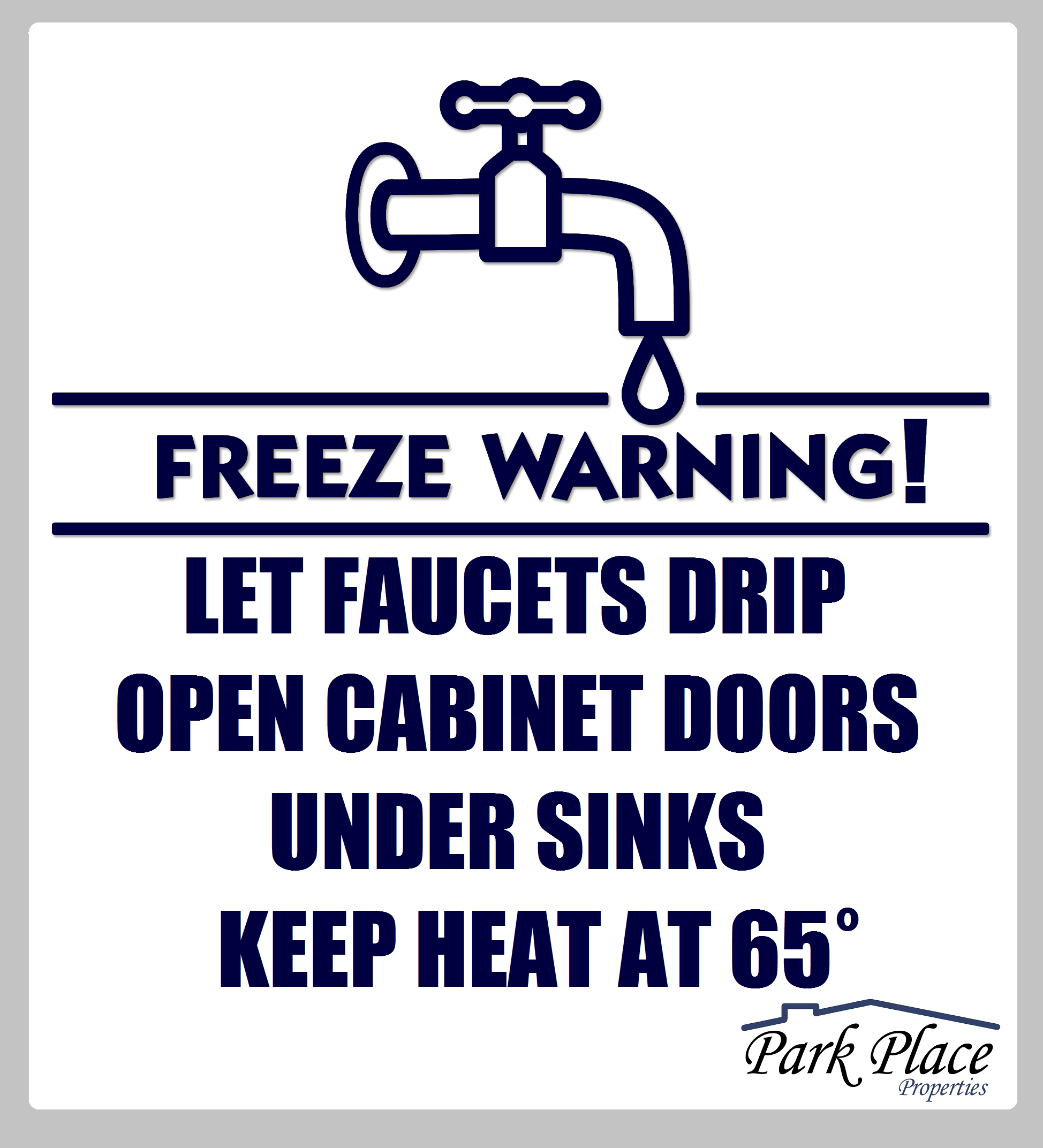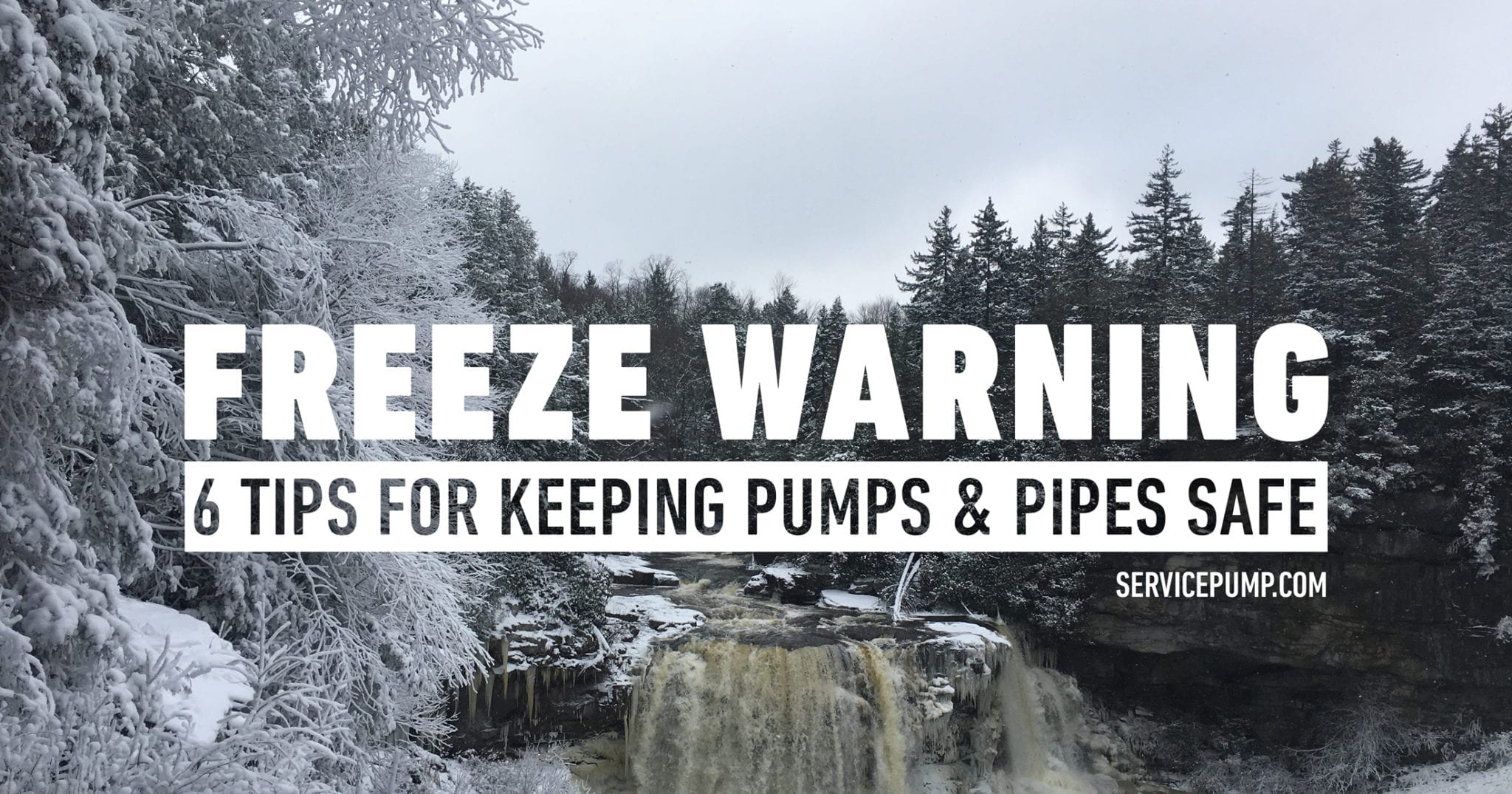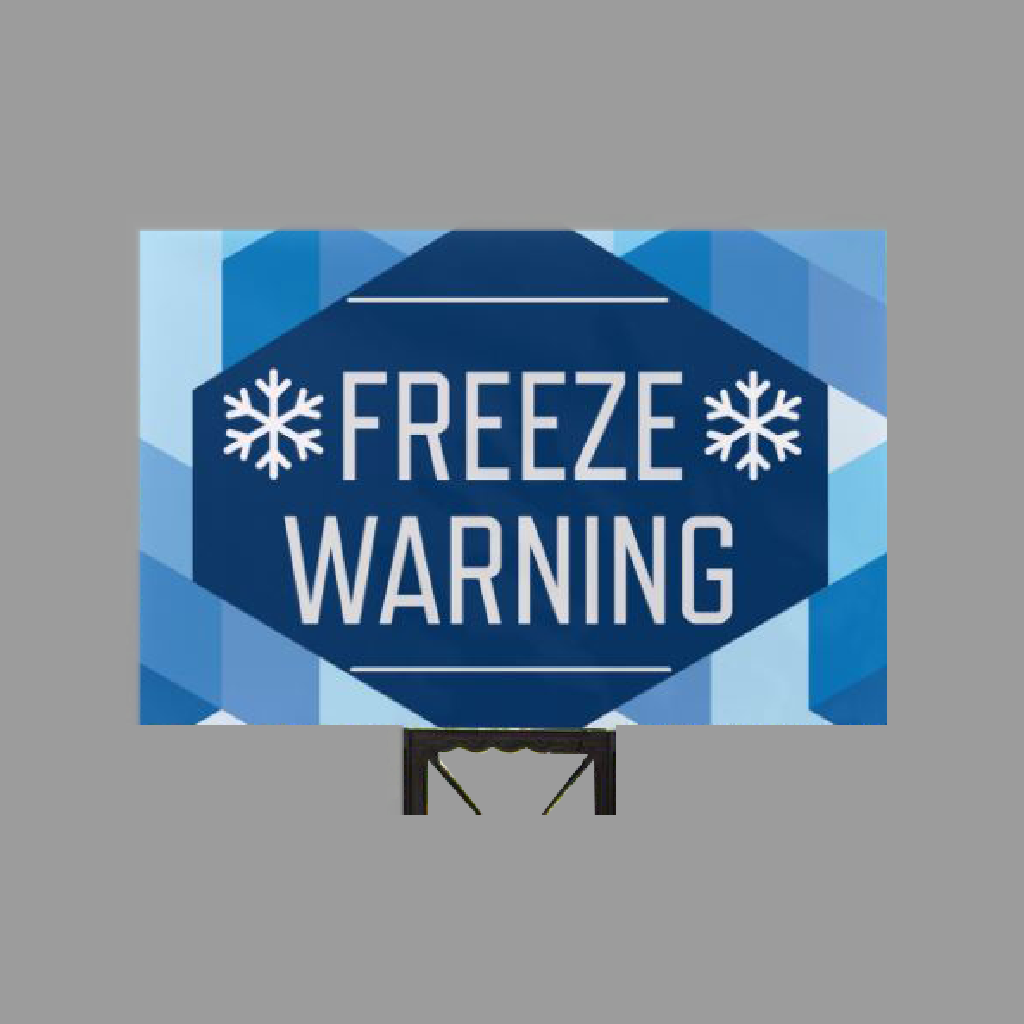A freeze warning is a critical weather alert that indicates the possibility of freezing temperatures that could cause damage to plants, crops, and unprotected outdoor items. Issued by meteorological agencies, this warning is designed to help communities prepare for freezing conditions that could negatively impact agriculture, infrastructure, and daily life. Understanding what a freeze warning entails and how to respond can make a significant difference in minimizing potential losses.
Freeze warnings are not just about the cold; they are about the consequences of freezing temperatures on various aspects of life. Whether you're a homeowner, a farmer, or someone who enjoys outdoor activities, knowing how to interpret and act upon these warnings is essential. This article will delve into the details of freeze warnings, providing you with practical advice and strategies to stay safe and prepared.
By the end of this article, you'll have a comprehensive understanding of freeze warnings, their effects, and actionable steps to protect your property, health, and well-being. Let's explore how to navigate these challenging weather conditions effectively.
Read also:Who Is Eric Daugherty A Comprehensive Guide To His Life Career And Achievements
Table of Contents
- What is a Freeze Warning?
- Difference Between Freeze Warning and Freeze Watch
- Effects of Freezing Temperatures
- How Freeze Warnings Are Issued
- Preparing for a Freeze Warning
- Protecting Your Home
- Protecting Your Plants
- Safety Tips During a Freeze
- Economic Impact of Freeze Warnings
- Conclusion
What is a Freeze Warning?
A freeze warning is a specialized weather alert issued by meteorological authorities to warn the public of impending freezing temperatures. Unlike frost advisories, which focus on the potential for frost, freeze warnings are more severe and indicate that temperatures are expected to drop to 32°F (0°C) or below for an extended period. These warnings are typically issued when the conditions are expected to cause damage to sensitive plants, crops, and other vulnerable items.
This alert is particularly important for agricultural communities, where freezing temperatures can devastate crops and lead to significant economic losses. Understanding the nuances of a freeze warning can help individuals and businesses take the necessary precautions to mitigate potential damage.
Difference Between Freeze Warning and Freeze Watch
Freeze Warning
A freeze warning is issued when freezing temperatures are imminent and expected to occur within the next 24 hours. It serves as a direct call to action for individuals to protect their property, plants, and outdoor assets from the freezing conditions.
Freeze Watch
On the other hand, a freeze watch is issued when there is a potential for freezing temperatures in the near future, usually within 36 to 48 hours. This serves as an early heads-up, allowing people to prepare in advance for the possibility of a freeze warning.
Key Takeaway: A freeze warning indicates immediate action is required, while a freeze watch gives you time to prepare for the possibility of freezing conditions.
Effects of Freezing Temperatures
Freezing temperatures can have a wide range of effects on both natural and man-made environments. Here are some of the most significant impacts:
Read also:Rivers Cuomo Son A Comprehensive Look Into The Life Of The Weezer Frontmans Offspring
- Damage to Plants and Crops: Freezing temperatures can destroy delicate plants and crops, leading to financial losses for farmers and food shortages for communities.
- Pipe Freezing and Bursting: Water pipes can freeze and burst, causing water damage and costly repairs for homeowners.
- Increased Health Risks: Cold weather can exacerbate health conditions such as hypothermia and frostbite, especially for vulnerable populations like the elderly and homeless.
- Infrastructure Challenges: Freezing conditions can affect transportation infrastructure, including roads and bridges, leading to travel disruptions.
Understanding these effects can help individuals and communities take proactive measures to minimize the risks associated with freezing temperatures.
How Freeze Warnings Are Issued
Freeze warnings are issued by meteorological agencies such as the National Weather Service (NWS) in the United States. These organizations monitor weather patterns and use advanced forecasting models to predict when freezing temperatures are likely to occur.
Once a freeze warning is issued, it is communicated to the public through various channels, including:
- Local news stations
- Weather apps and websites
- Social media platforms
- Emergency alert systems
Timely communication of freeze warnings is crucial for ensuring public safety and minimizing potential damage.
Preparing for a Freeze Warning
Preparing for a freeze warning involves a combination of short-term actions and long-term strategies. Here are some key steps you can take:
Short-Term Actions
- Bring outdoor plants indoors or cover them with frost cloths.
- Insulate exposed pipes with foam insulation or heat tape.
- Check your heating system to ensure it is functioning properly.
Long-Term Strategies
- Invest in weather-resistant landscaping to reduce plant vulnerability.
- Upgrade your home's insulation to improve energy efficiency and prevent heat loss.
- Develop an emergency preparedness plan for extreme weather conditions.
Taking these steps can significantly reduce the impact of freezing temperatures on your property and well-being.
Protecting Your Home
Protecting your home during a freeze warning involves several key measures:
- Insulate Pipes: Use foam pipe insulation or heat tape to protect exposed water pipes from freezing.
- Seal Gaps: Seal gaps around windows and doors to prevent cold air from entering your home.
- Check Heating Systems: Ensure your heating system is in good working order and schedule regular maintenance checks.
By taking these precautions, you can help safeguard your home against the damaging effects of freezing temperatures.
Protecting Your Plants
Plants are particularly vulnerable to freezing temperatures. Here are some effective strategies to protect them:
- Cover Plants: Use frost cloths or blankets to cover sensitive plants and shield them from the cold.
- Bring Plants Indoors: If possible, move potted plants indoors to a warmer environment.
- Water Plants: Water plants thoroughly before a freeze to help insulate their roots and reduce frost damage.
Implementing these techniques can help preserve your plants and ensure they survive the freezing conditions.
Safety Tips During a Freeze
Staying safe during a freeze involves a combination of practical measures and common sense. Here are some important tips:
- Dress Appropriately: Wear layers of warm clothing to stay insulated and protect against hypothermia.
- Stay Indoors: Limit outdoor activities during extreme cold to avoid frostbite and other cold-related health issues.
- Check on Vulnerable Individuals: Ensure that elderly neighbors, homeless individuals, and pets have access to warm and safe environments.
By following these safety tips, you can help protect yourself and those around you during a freeze.
Economic Impact of Freeze Warnings
Freeze warnings can have significant economic implications, particularly for agricultural industries. The destruction of crops due to freezing temperatures can lead to food shortages, increased prices, and financial losses for farmers. In addition, the cost of repairing damaged infrastructure, such as burst pipes and roads, can place a strain on local economies.
Understanding the economic impact of freeze warnings is essential for developing strategies to mitigate these effects. Governments and businesses can work together to implement programs that support affected communities and industries during and after freezing events.
Conclusion
A freeze warning is a critical alert that requires immediate attention and action. By understanding what a freeze warning entails, its potential effects, and how to prepare, you can effectively minimize the risks associated with freezing temperatures. From protecting your home and plants to ensuring personal safety, the steps outlined in this article provide a comprehensive guide to navigating freeze warnings.
We encourage you to share this article with friends and family to help spread awareness about freeze warnings and their implications. Additionally, consider exploring other resources on our site for more information on weather preparedness and safety tips. Together, we can build more resilient communities capable of withstanding the challenges posed by extreme weather conditions.


